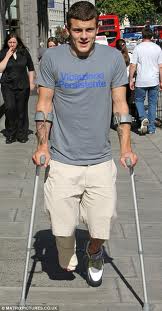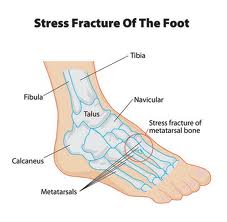Good enough is big enough
Leave a CommentDoes size matter in sport?
Two of the athletes I train have recently had selection issues because of their height with new coaches discriminating against them, in 2 different sports. Both athletes are strong, but need to develop more power and quickness. That isn’t the reason they are having difficulty. Both are very bright, with good game sense and are tough.
Those things are difficult to coach. They are also qualities that are difficult to gauge on first meeting.
Height is an obvious factor when you first start to coach someone. So the coaches have made snap judgements on an obvious factor, without really analysing the athletes strengths and weaknesses in a game. They can then build judgements to reinforce their own first impression “not strong enough in the tackle” , “needs to work on controlling the middle” are euphemisms related to lack of height.
I have seen enough taller players who have been pushed into playing positions, or are the next great white hope who have no game sense, and more importantly no desire.
Michael Jordan once said “Individuals win matches, teams win championships.”
I would put the two athletes I train into any team I was coaching (although one is female, one male so a bit difficult in practice) because when the pressure was on, I know I could rely on them.
The NFL combine is an example of fitness testing becoming a game in itself where unrelated activities are measured and players rated accordingly. Better to look at a player’s tapes in high pressure games against tough opponents.
Better still, speak to their coaches about their influence on people around them.
As a coach it is important to continually analyse your players performance objectively, don’t label the athletes early on, and then continue to select based on that. Instead, look with fresh eyes, and see what is actually happening on the field from a neutral perspective.
Its not the size of the dog in the fight, but the size of the fight in the dog.




 Does the NFL combine predict future playing performance?
Does the NFL combine predict future playing performance? I doubt if Brett Favre has ever scored highly on any fitness tests, but it does give the S&C coaches something to do and to justify their position within an organisation.
I doubt if Brett Favre has ever scored highly on any fitness tests, but it does give the S&C coaches something to do and to justify their position within an organisation. They both suffer from stress fractures!
They both suffer from stress fractures! Stress fractures are often difficult to diagnose. Many athletes will have continued with their sport for many months before seeking medical attention. Some key things to consider are:
Stress fractures are often difficult to diagnose. Many athletes will have continued with their sport for many months before seeking medical attention. Some key things to consider are: A study was published by Bruce Rothschild and other palaeontologists back in 2001 which studied and confirmed the presence of stress fractures in Theropod dinosaurs.
A study was published by Bruce Rothschild and other palaeontologists back in 2001 which studied and confirmed the presence of stress fractures in Theropod dinosaurs. There is a common theme amongst athletes: They don’t work hard enough when they are supposed to and they don’t rest properly when they are supposed to.
There is a common theme amongst athletes: They don’t work hard enough when they are supposed to and they don’t rest properly when they are supposed to.